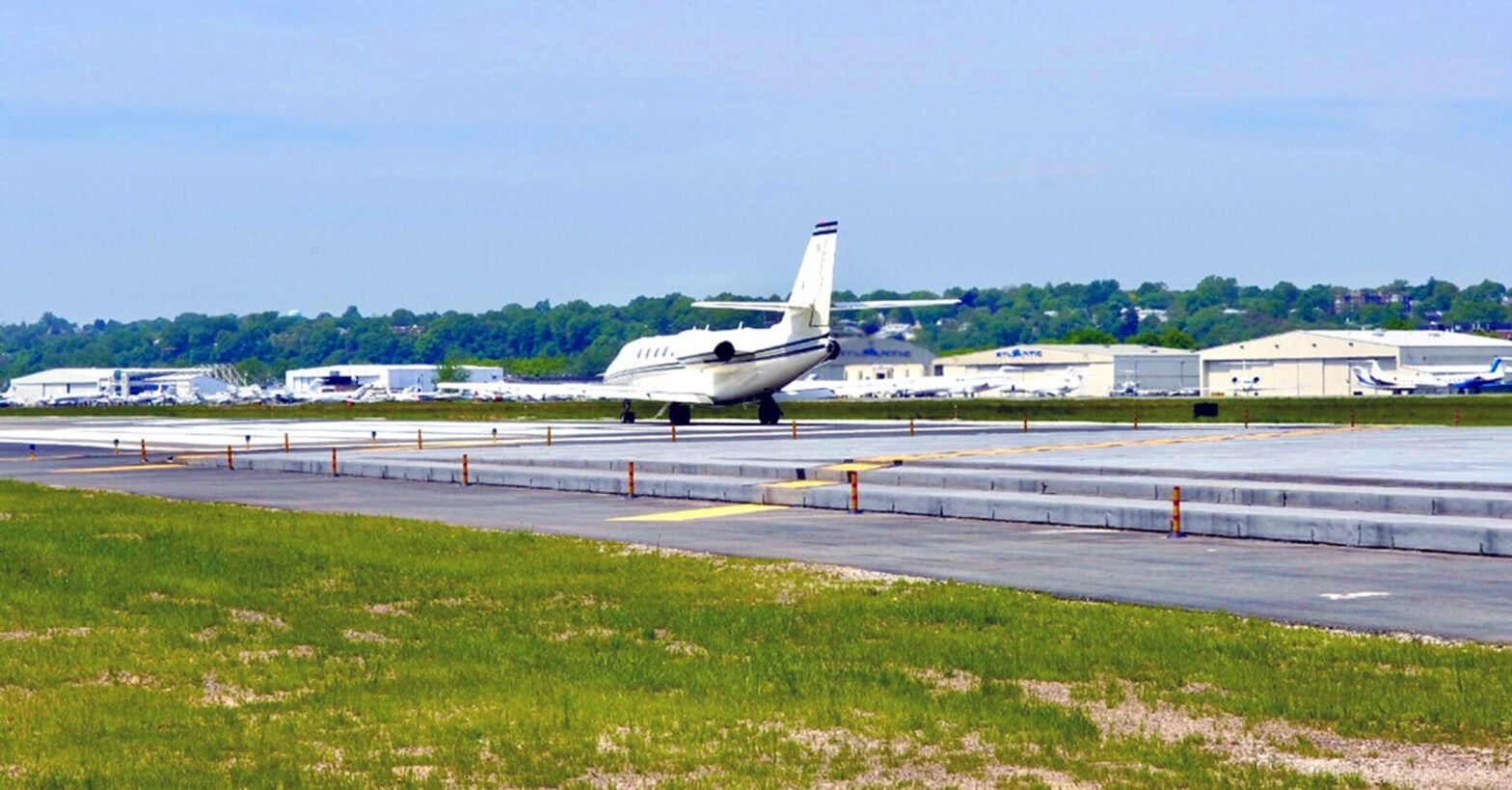The people on and around the airport in Teterboro, New Jersey (KTEB)—one of the busiest general aviation airports in the nation at 302,000 takeoffs and landings—take aircraft noise very seriously. My introduction to the Port Authority of New York & New Jersey employees who keep an eye on arrivals and departures occurred when a noise office van pulled up next to the Hawker I was flying as we shut down at the FBO. The warning citation the Port Authority official handed me had time-stamped data that showed our arrivals a few minutes earlier had surpassed the limit set on the local noise sensor that guards Runway 6. I came to realize that another violation could cost me—and possibly the company—so I made sure I never again made the same mistake on future visits.
NBAA says exceeding Teterboro’s mandatory noise limits by 1 dB (A) earns a violation; three violations in two years bans the offender from the airport. Runway 1/19 has KTEB’s highest maximum noise level, 95 dB (A), at all times. The maximum noise levels for Runway 6/24 is 80 dB (A) between 10 p.m. and 7 a.m. and 90 dB (A) between 7 a.m. and 10 p.m. The Teterboro authority highly recommends using Runway 19 because it reduces the risk of exceeding the 80 dB(A) limit and avoids noise-sensitive communities.
During the current COVID-19 pandemic, noise awareness of corporate jet traffic at KTEB has actually increased in the communities that surround airports, according to the NBAA. “Some days operations at [Teterboro] surpass those at [KEWR] and [KLGA]. To remain within the maximum noise limits operators must use FAA-approved procedures, manufacturer recommendations or NBAA-recommended noise abatement departure procedures. The airport also urges voluntary restraint of all nonessential operations between 11 pm and 6 am.”
Gabriel Andino, Teterboro’s manager of noise abatement and environmental compliance, and chair of the NBAA Access Committee Airports Working Group, says, “It may seem counterintuitive in wide open skies, but operators are encouraged to be even more vigilant about following voluntary noise abatement procedures.”
To continue the authority’s efforts to reduce noise, Teterboro is receiving three new RNAV approaches, Andino said. “RNAV Y (GPS) 19 overlays an existing ILS with an RNAV; RNAV (GPS) X RWY 19 is an offset approach to Runway 19 that will be made available to address noise concerns north of the airport. RNAV (GPS) RWY 24 provides an instrument approach to Runway 24, a runway that previously didn’t have one. RNAV (GPS) Y 19 and RNAV (GPS) RWY 24 have been published, but an additional environmental review has pushed RNAV (GPS) X RWY 19 to the first quarter of 2021.”
